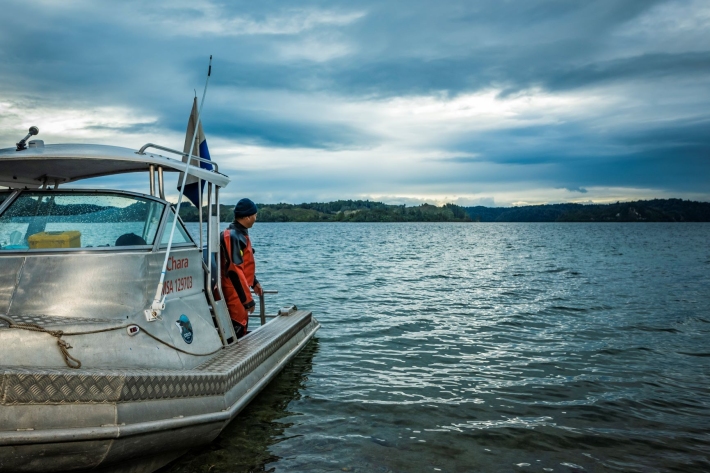Our biosecurity management tools include: assessment models, field surveys, management advice and the testing of control methods.
Biosecurity tools
-

Bottom lining for the control of submerged lake weeds
Bottom lining is the installation of a flexible covering over the top of beds of aquatic weeds, similar to using weed matting in home gardens. This control method is also called ‘benthic barriers’. -

Check Clean Dry actions
The Check Clean Dry Campaign aims to stop the spread of freshwater pests by encouraging people going through more than one waterway to check, clean and dry their gear in between. -
Diquat use for submerged weeds
Diquat is a herbicide (chemical) that has been used in New Zealand for many decades for submerged (underwater) weed control and also on agricultural crops. It is registered for freshwater use in New Zealand. -

Fish risk assessment model
FRAM is powerful and simple to use - series of straight-forward questions about the biology and behaviour of any alien species lead to it being ranked and categorised as a high, intermediate, or low ecological risk. -

Weed risk assessment
NIWA has developed a model to assess the potential weed risk of aquatic plants.
